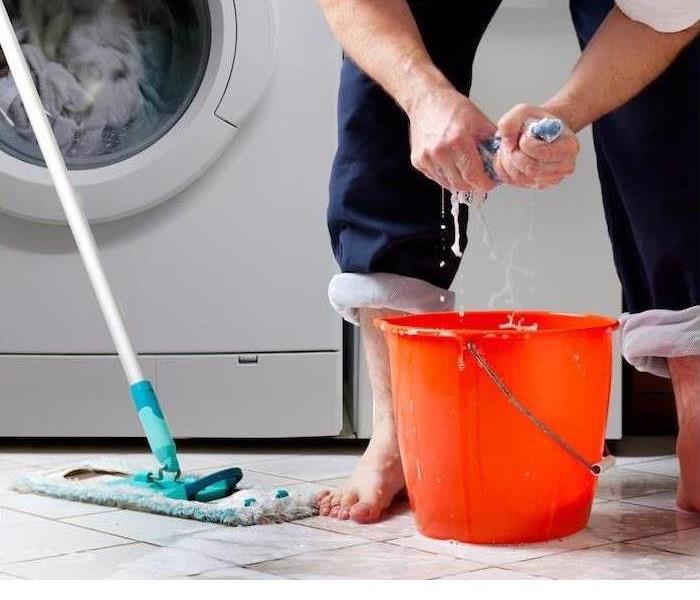Understanding The Types Of Water Involved In Water Damage
11/30/2020 (Permalink)
 Our highly trained technicians are ready to respond immediately to flood or water damage at your Bradenton property.
Our highly trained technicians are ready to respond immediately to flood or water damage at your Bradenton property.
Water Damage In Bradenton Or Anna Marie Island
Understanding the differences in the types of water that are involved with water damage will help you when dealing with the cleanup. It is easy to think that all water causing damage is the same, but there are three separate classifications for it: clean water, gray water and black water.
Regardless of what type of water has caused the damage, there will always be a cleanup and restoration process that will need to be done afterward. The most important thing to accomplish is removing all the moisture and damp items quickly, so that mold cannot begin to flourish in its ideal environment.
No. 1: Clean Water
This water is considered “clean” and not the type to pose an immediate threat to your health. It is free of contaminants and can come from:
Broken water lines
Malfunctioning appliances
Toilet holding tanks
Snow melt and rainwater
Of the three different classifications of water, this is the easiest type of water damage to work with, as there are fewer microbes living in the water. However, after 48 hours and having contact with the building surfaces, clean water can move up to category two, which is gray water.
No. 2: Gray Water
In the case of gray water, damage cleanup and restoration can become a little more involved.
This water may pose a health risk, due to it containing slight amounts of chemical or biological contamination. This slight contamination in gray water means that it would need to be thoroughly treated before it is safe to consume.
Gray water is the type of water that can come from dishwashers, aquariums, showers, etc. Again, the 48-hour exposure time applies here as well, with gray water turning into black water if not treated.
No. 3: Black Water
Black water is the most hazardous of the three classifications, and it is considered to be highly contaminated with harmful chemicals and biological matter. This includes floodwaters containing soil and all sewage waters.
Sewage is contaminated with microbes, including bacteria, protozoans, molds, fungi and more, many of these can be harmful to humans.
Some of the diseases that can be transmitted by black water are:
Cholera
Typhoid
Hepatitis
Gastroenteritis-type illnesses
Just remember that when it comes to floods, any water should be treated as if it is black water since it picks up contaminants along its path.
The three classifications of floodwater are recognized by the Institute of Inspection, Cleaning and Remediation Certification (IICRC), an organization that certifies and sets the standards for the cleaning and restoration industries. Our technicians all study IICRC standards and best practices in water restoration and are available to help determine the steps to take to get your home back to normal.
It doesn’t matter what type of water has caused damage to your home or business, SERVPRO of West Bradenton/Anna Maria (941) 792-7715, is here to help get the situation under control and make it "Like it never even happened." Don’t hesitate to reach out to us if you need emergency cleanup and restoration services.






 24/7 Emergency Service
24/7 Emergency Service